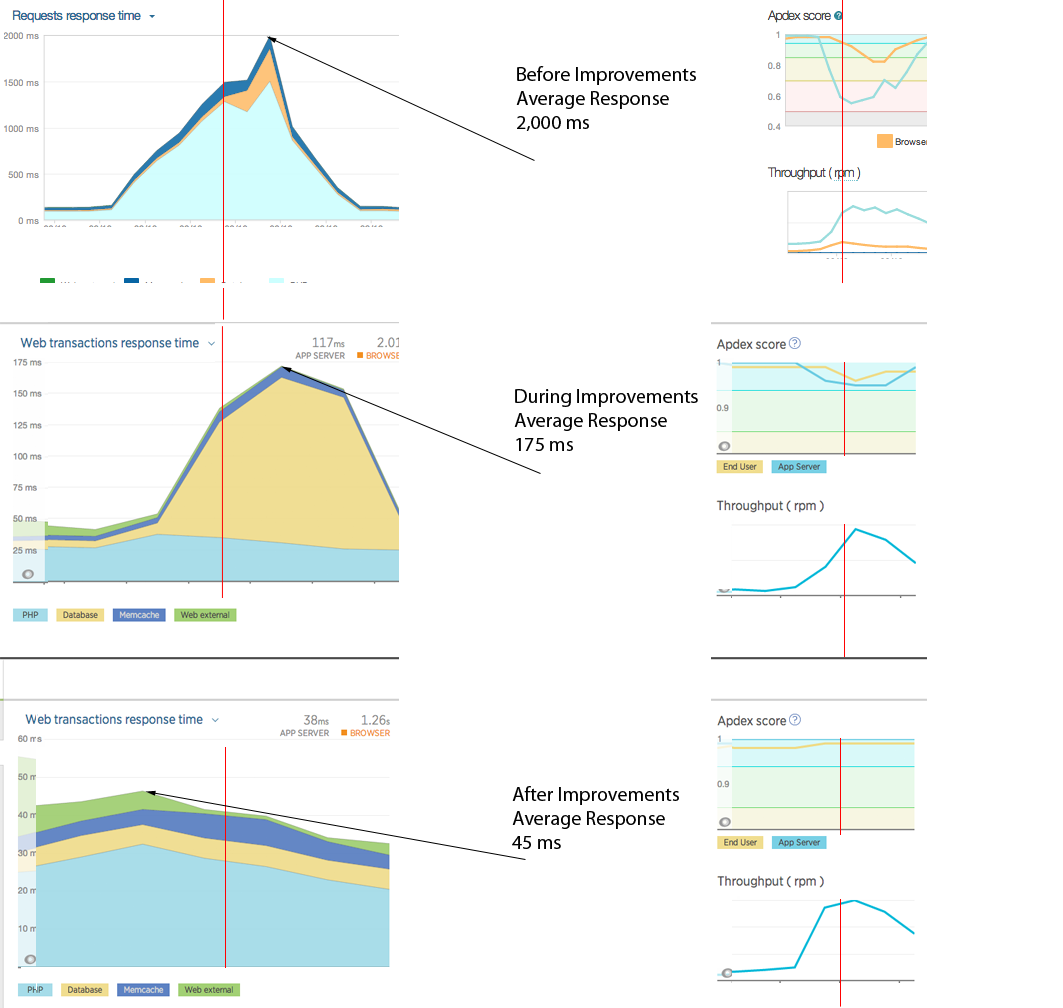A trivial cost saving tip for checking if you are spending money in your AWS environment on unused resources. This is especially appropriate when using provisioned IOPS EBS volumes.
$ ec2-describe-volumes | grep available VOLUME vol-44dff904 8 snap-d86d0884 us-east-1b available 2014-08-01T14:11:24+0000 standard VOLUME vol-62dff922 100 us-east-1b available 2014-08-01T14:11:24+0000 io1 1000 VOLUME vol-15dff955 8 snap-d86d0884 us-east-1b available 2014-08-01T14:11:24+0000 standard VOLUME vol-80a88ec0 8 snap-d86d0884 us-east-1b available 2014-08-01T15:12:54+0000 standard VOLUME vol-ca82a48a 100 us-east-1b available 2014-08-01T16:13:49+0000 standard VOLUME vol-5d79581d 8 snap-d86d0884 us-east-1b available 2014-08-01T18:27:01+0000 standard VOLUME vol-baf9dbfa 8 snap-d86d0884 us-east-1b available 2014-08-03T18:20:59+0000 standard VOLUME vol-53ffdd13 8 snap-d86d0884 us-east-1b available 2014-08-03T18:25:52+0000 standard VOLUME vol-ade7daed 8 snap-d86d0884 us-east-1b available 2014-08-13T20:10:46+0000 standard VOLUME vol-34e2df74 8 snap-065a2e52 us-east-1b available 2014-08-13T20:26:17+0000 standard VOLUME vol-cacef38a 100 snap-280ffb7f us-east-1b available 2014-08-13T21:19:18+0000 standard VOLUME vol-41350a01 8 snap-f23ccba5 us-east-1b available 2014-08-14T16:54:27+0000 standard VOLUME vol-51350a11 100 snap-fc3ccbab us-east-1b available 2014-08-14T16:54:27+0000 standard VOLUME vol-912f10d1 8 snap-96ee24c1 us-east-1b available 2014-08-14T17:15:06+0000 standard VOLUME vol-a82f10e8 100 snap-9dee24ca us-east-1b available 2014-08-14T17:15:06+0000 standard
These are available and unused EBS volumes which you should consider deleting.




